Optimal Timing for Land Clearing
Land clearing is a critical step in preparing a site for construction, agriculture, or development. The timing of land clearing can impact project efficiency, cost, and environmental conditions. Understanding the optimal periods for land clearing helps ensure minimal disruption and effective results.
Spring offers moderate weather and longer daylight hours, making it suitable for land clearing projects. It allows for preparation before the peak growing season.
Summer provides warm conditions but may be hindered by increased vegetation growth and potential droughts, which can complicate clearing efforts.
Fall is often ideal due to cooler temperatures and reduced plant growth, facilitating easier clearing before winter.
Winter can be suitable in colder regions, especially when the ground is frozen, reducing soil disturbance and making clearing safer.
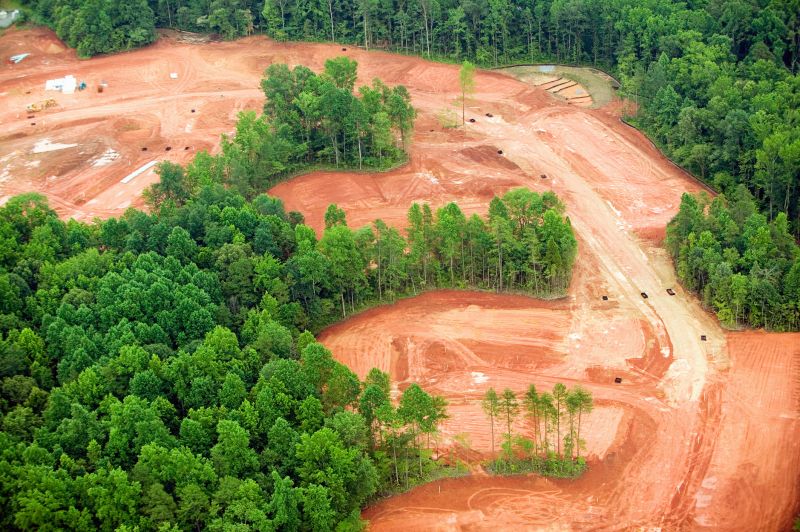
Clearing in spring prepares land for planting or construction early in the season.
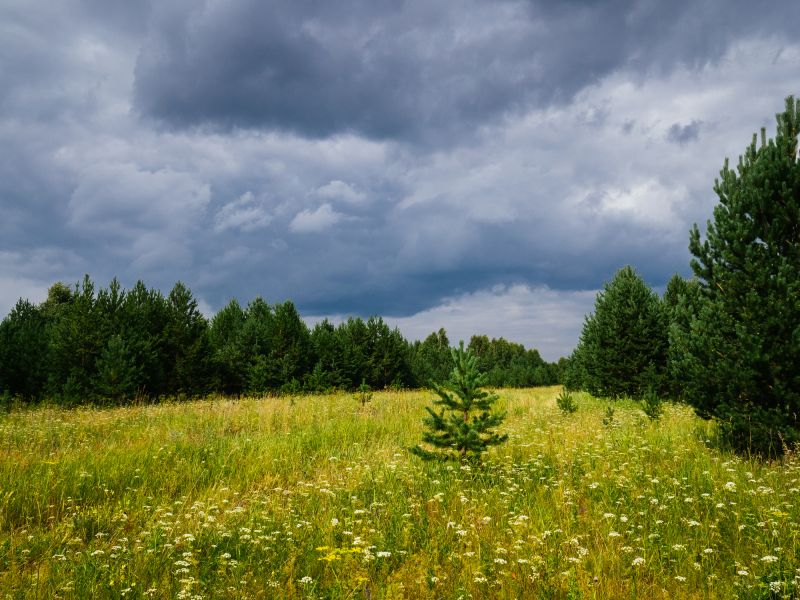
Summer clearing requires planning around weather patterns and vegetation growth.

Fall is often preferred for its cooler temperatures and reduced plant activity.
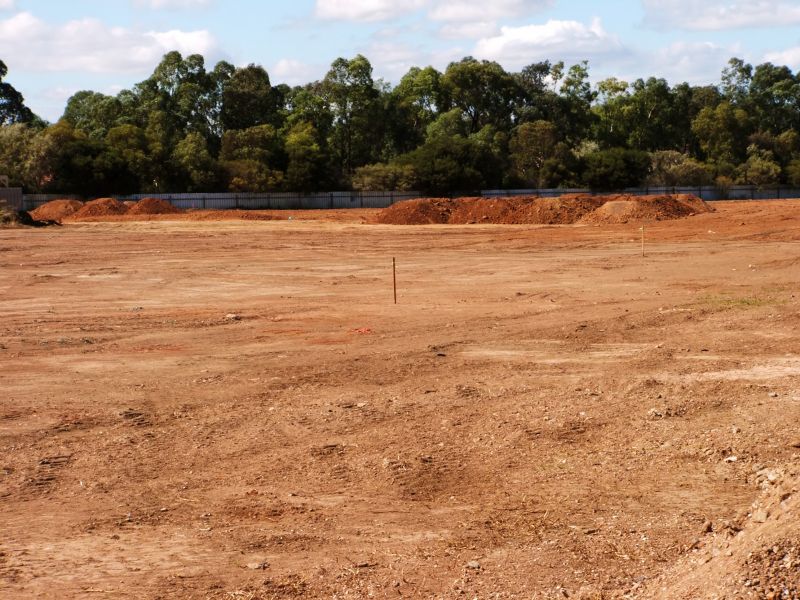
Ways to make Land Clearings work in tight or awkward layouts.

Popular materials for Land Clearings and why they hold up over time.

Simple add-ons that improve Land Clearings without blowing the budget.
| Season | Ideal Conditions |
|---|---|
| Spring | Moderate weather, longer daylight, early preparation |
| Summer | Warm temperatures, increased vegetation growth |
| Fall | Cooler temperatures, reduced plant activity |
| Winter | Frozen ground, less soil disturbance |
Land clearing involves removing trees, shrubs, and debris to prepare a site for development or agriculture. Proper timing ensures the process is efficient, cost-effective, and minimizes environmental impact. Factors such as local climate, vegetation type, and project scope influence the best period for clearing. In regions with distinct seasons, planning around weather patterns reduces delays and equipment issues. For example, in Post Falls, Idaho, late fall and winter are often optimal due to frozen ground conditions, while spring and early summer are suitable for initial site preparation.
Statistics indicate that land clearing during dry months reduces soil erosion and equipment wear. Additionally, scheduling during periods of low vegetation growth decreases the amount of debris and biomass to manage. Proper timing can also help avoid conflicts with local wildlife nesting seasons, ensuring compliance with regulations and minimizing ecological disruption.
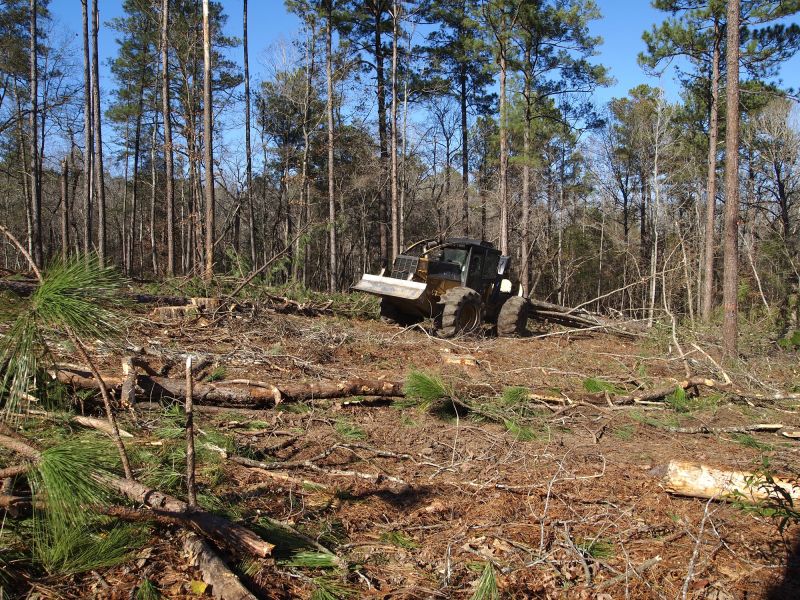
Heavy machinery efficiently removes trees and debris during optimal seasons.
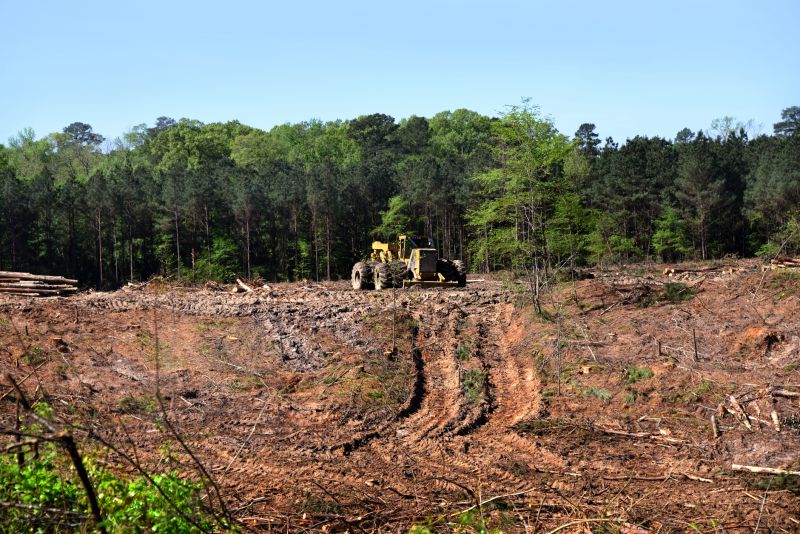
Proper timing results in a clean, prepared site for construction or planting.

Different seasons offer unique advantages for land clearing projects.

Managing plant growth effectively during the right season enhances project outcomes.
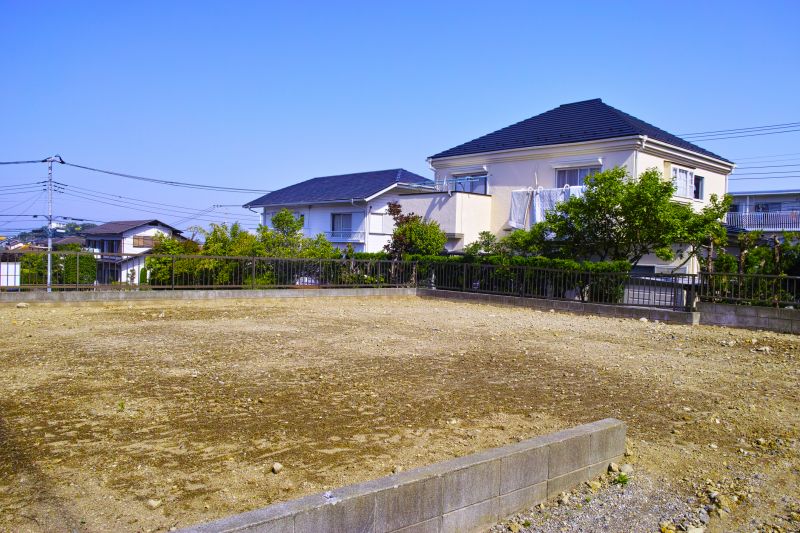
High-end options that actually feel worth it for Land Clearings.
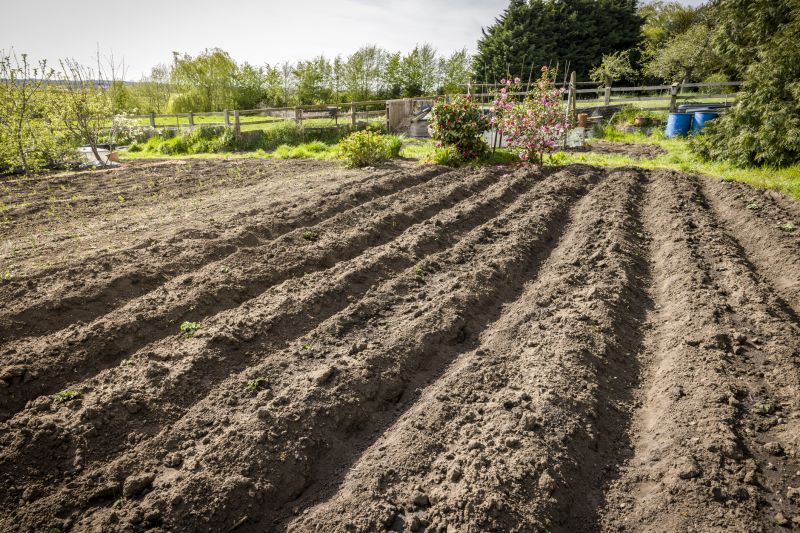
Finishes and colors that play nicely with Land Clearings.

Little measurements that prevent headaches on Land Clearings day.

A 60-second routine that keeps Land Clearings looking new.
Interested parties can contact for more information or to schedule a land clearing project. Proper planning and timing are essential for successful and efficient land preparation, ensuring the project meets all goals and complies with local regulations.

